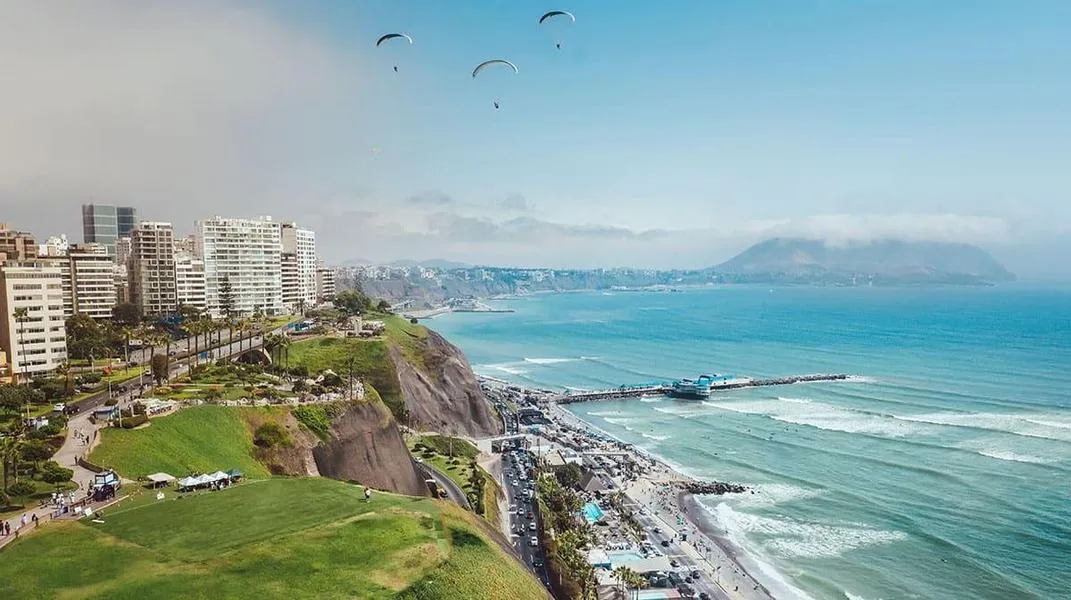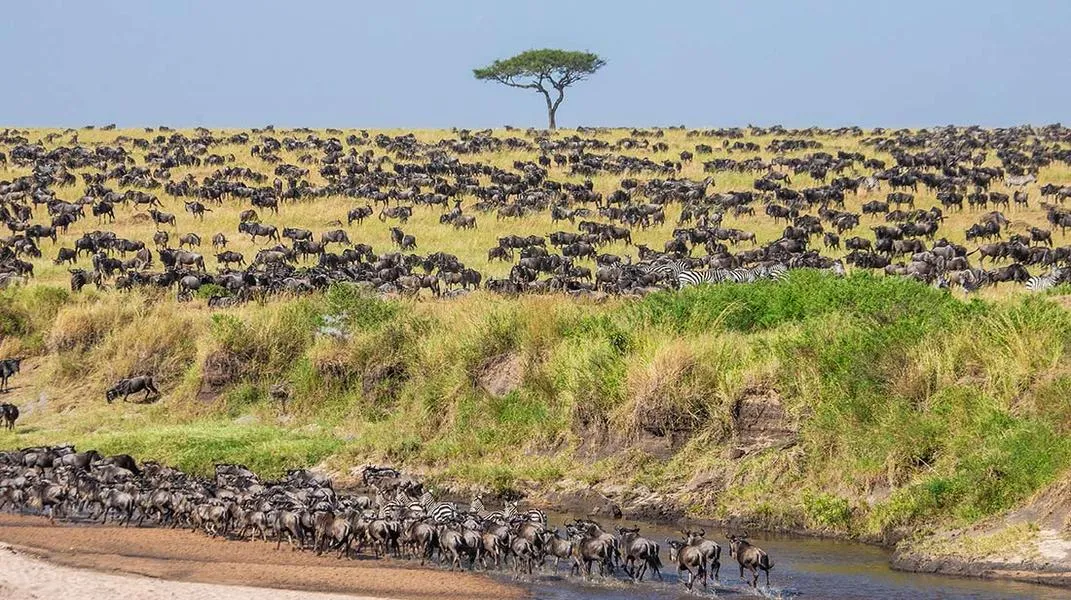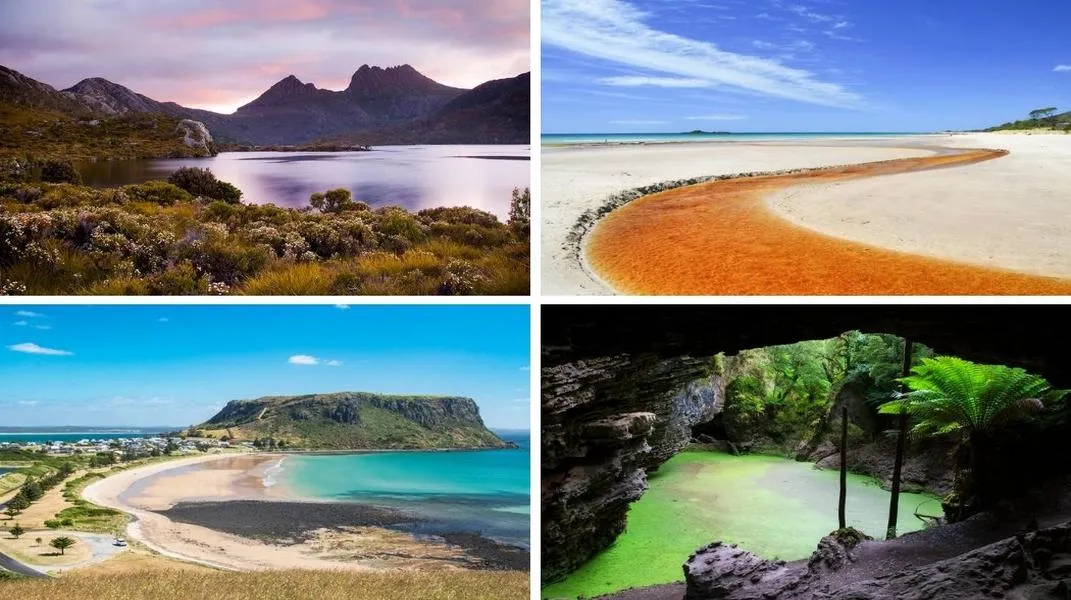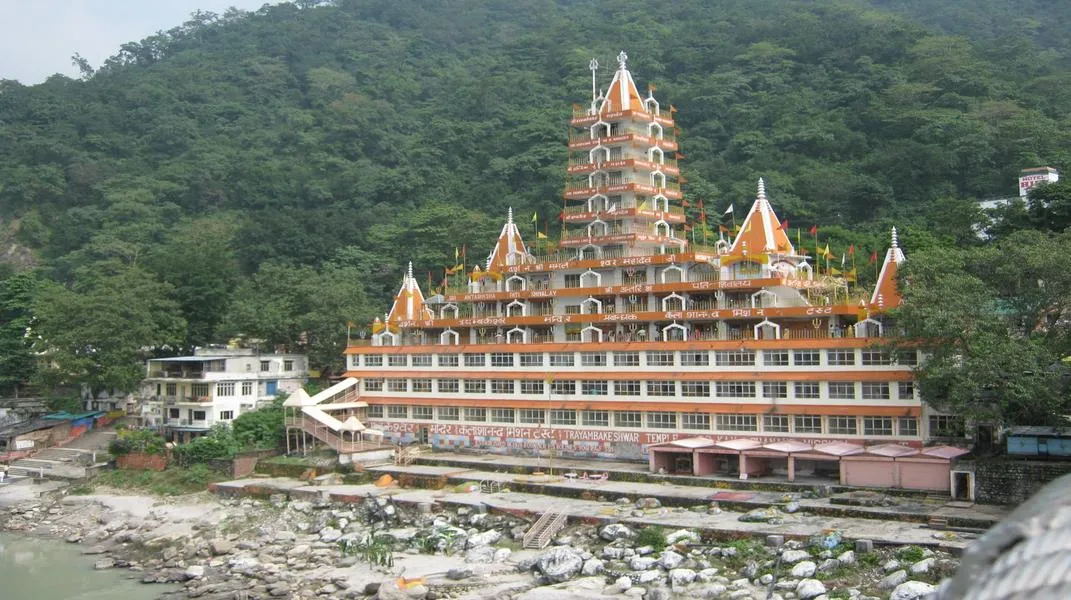Discovering Argentine Patagonia: A Journey Through Nature's Masterpiece
Nestled in the southernmost reaches of South America, Argentine Patagonia is a land of breathtaking landscapes and diverse ecosystems. Spanning over a million square kilometers, this region is renowned for its staggering mountains, pristine lakes, sprawling glaciers, and stunning wildlife. From the jagged peaks of the Andes to the windswept plains of the steppe, Argentine Patagonia offers an unparalleled experience for nature lovers, adventurers, and those seeking respite from the hustle and bustle of modern life. In this article, we will explore the myriad attractions of Argentine Patagonia, delve into its unique ecosystems, and provide essential tips on how to prepare for an unforgettable visit.
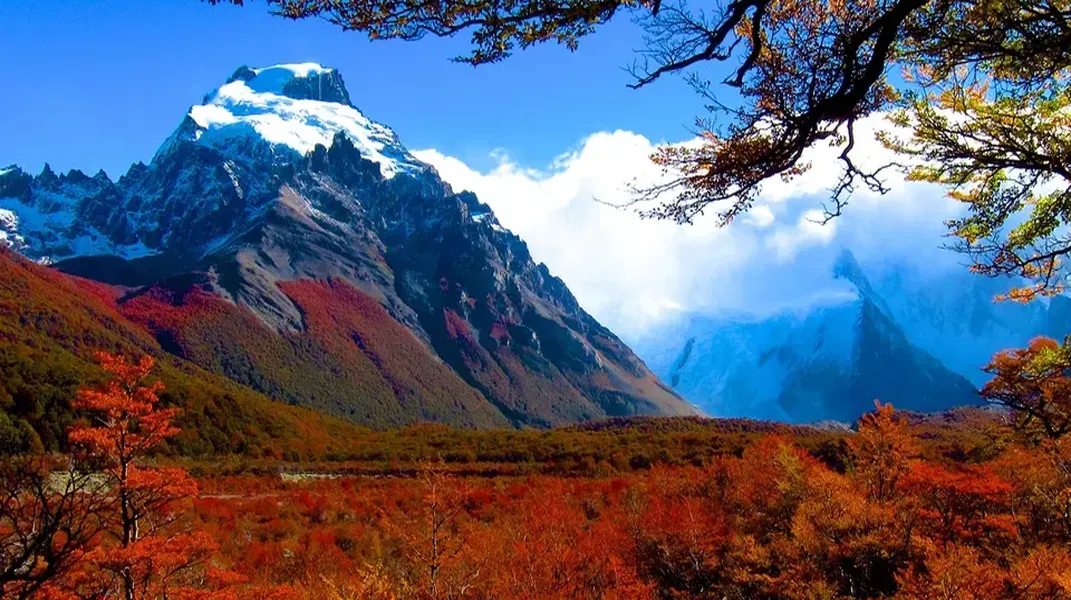
Nestled in the southernmost reaches of South America
Argentine Patagonia is a land of breathtaking landscapes and diverse ecosystems. Spanning over a million square kilometers, this region is renowned for its staggering mountains, pristine lakes, sprawling glaciers, and stunning wildlife. From the jagged peaks of the Andes to the windswept plains of the steppe, Argentine Patagonia offers an unparalleled experience for nature lovers, adventurers, and those seeking respite from the hustle and bustle of modern life. In this article, we will explore the myriad attractions of Argentine Patagonia, delve into its unique ecosystems, and provide essential tips on how to prepare for an unforgettable visit.
The Allure of Patagonia
Natural Wonders
1. Los Glaciares National Park: A UNESCO World Heritage site, Los Glaciares National Park is a crown jewel of Argentine Patagonia. The park is home to the famous Perito Moreno Glacier, one of the few glaciers in the world that is still advancing. Visitors can marvel at the striking blue ice formations and witness calving events, where massive chunks of ice break off and crash into the waters of Lago Argentino. Beyond Perito Moreno, the park features numerous other glaciers, including the Upsala and Spegazzini glaciers, each offering unique views and hiking opportunities.
2. Mount Fitz Roy: Located in the Los Glaciares National Park, the towering granite spires of Mount Fitz Roy (or Cerro Chaltén) rise dramatically against the skyline, attracting climbers and trekkers from around the globe. The trek to Laguna de los Tres offers breathtaking views of the mountain and surrounding landscapes, making it a must-do for outdoor enthusiasts. The hike is challenging, covering approximately 20 kilometers round-trip with a steep ascent, but the sight of Fitz Roy at sunrise is worth every step.
3. Torres del Paine National Park: Although mostly located in Chile, Torres del Paine National Park is easily accessible from Argentine Patagonia. This iconic park features the surreal granite towers that give it its name, as well as beautiful lakes, rivers, and diverse wildlife. The W Trek is a popular multi-day hike that showcases the park's stunning landscapes, including the French Valley and the Grey Glacier.
4. Valdés Peninsula: A UNESCO World Heritage site and a haven for marine life, Valdés Peninsula is famous for its incredible wildlife viewing opportunities. Visitors can see southern right whales, orcas, elephant seals, and a variety of bird species. The best time to visit for whale watching is between June and December, when these magnificent creatures migrate to the warm waters off the coast.
5. Bariloche and the Lake District: Known for its Swiss-like architecture and stunning alpine scenery, Bariloche is situated in the foothills of the Andes and surrounded by lakes and mountains. The area is perfect for hiking, skiing, and enjoying outdoor activities year-round. The Circuito Chico, a scenic drive around Lake Nahuel Huapi, offers incredible views and access to hiking trails.
Cultural Experiences
Patagonia is not just about natural beauty; it is also rich in culture and history. The indigenous Mapuche and Tehuelche peoples have long inhabited the region, and their influence can be seen in local art, music, and traditions. Visitors can immerse themselves in this heritage by attending cultural festivals, exploring local artisan markets, and visiting museums that showcase the history and culture of the region.
Adventure Activities
For those seeking adventure, Argentine Patagonia is a playground of outdoor activities. From trekking and climbing to kayaking and fishing, the options are endless. Popular activities include:
- Trekking: The extensive network of trails in national parks like Los Glaciares and Torres del Paine offers hikes for all skill levels, from easy day hikes to multi-day backcountry treks.
- Rock Climbing: The granite cliffs of El Chaltén attract climbers from around the world, with routes available for both beginners and advanced climbers.
- Kayaking: Paddle through the pristine waters of glacial lakes or along the stunning coastlines of the Valdés Peninsula, where you may encounter sea lions and dolphins.
- Fishing: The region is home to an abundance of rivers and lakes teeming with trout, making it a popular destination for anglers.
- Wildlife Watching: From whale watching on the coast to spotting guanacos and condors in the steppe, wildlife enthusiasts will find plenty to marvel at in Patagonia.
Preparing for Your Visit
Travel Logistics
1. Getting There: The main gateways to Argentine Patagonia are the cities of El Calafate, Bariloche, and Ushuaia. El Calafate serves as the primary access point to Los Glaciares National Park, while Bariloche is a hub for exploring the Lake District. Ushuaia, the southernmost city in the world, is a gateway to Tierra del Fuego National Park and the Beagle Channel.
2. Transportation: Renting a car is a popular option for exploring Patagonia at your own pace, especially if you plan to visit multiple destinations. Alternatively, local buses connect major towns and attractions, and guided tours are available for those who prefer a more structured itinerary.
Essential Packing List
When visiting Argentine Patagonia, it's crucial to pack appropriately for the region's variable weather and diverse activities. Here’s a comprehensive packing list to ensure you’re prepared:
1. Clothing:
- Layering System: The weather can change rapidly, so wearing layers is essential. Include moisture-wicking base layers, insulating mid-layers (like fleece or down jackets), and waterproof outer layers (like a rain jacket).
- Trekking Pants: Lightweight and quick-drying pants are ideal for hiking. Consider pants with zip-off legs for versatility.
- Warm Hat and Gloves: Even in summer, temperatures can drop, especially at higher elevations.
- Comfortable Hiking Boots: Sturdy, waterproof boots with good ankle support are necessary for trekking.
- Socks: Bring several pairs of moisture-wicking, cushioned socks to keep your feet dry and comfortable.
2. Outdoor Gear:
- Backpack: A daypack (20-30 liters) for day hikes and a larger backpack (60+ liters) for multi-day treks.
- Water Bottle/Hydration System: Staying hydrated is crucial in the dry Patagonian climate.
- Trekking Poles: Helpful for stability on uneven terrain.
- Sleeping Bag: If planning to camp, a sleeping bag rated for cold temperatures is essential.
3. Navigation and Safety:
- Map and Compass/GPS: Even if you plan to use your phone, having a physical map can be invaluable in remote areas.
- First Aid Kit: Include essentials like band-aids, antiseptic wipes, pain relievers, and any personal medications.
- Multi-tool or Swiss Army Knife: Useful for various tasks while on the trail.
4. Photography Gear:
- Camera: Bring a good quality camera to capture the stunning landscapes.
- Extra Batteries and Memory Cards: Cold weather can drain batteries quickly, so pack spares.
5. Food and Snacks:
- Trail Snacks: Energy bars, nuts, and dried fruits are great for quick energy during hikes.
- Cooking Gear: If camping, consider portable cooking equipment and lightweight cookware.
Other Considerations
1. Travel Insurance: It’s advisable to have travel insurance that covers outdoor activities, especially if you plan to trek or engage in adventure sports.
2. Health Precautions: While there are no vaccinations specifically required for Patagonia, it's always good to be up to date on routine vaccines. Be aware of altitude sickness if hiking at high elevations.
3. Respecting Nature and Culture: Patagonia is a fragile ecosystem. Follow Leave No Trace principles, stay on marked trails, and respect local customs and traditions. Engaging with local communities and supporting sustainable tourism practices will enhance your experience while helping preserve the region's natural beauty.
Conclusion
Argentine Patagonia is a destination that captivates the hearts and minds of those who venture into its wild landscapes. From the majestic glaciers and towering mountains to the vibrant local culture and abundant wildlife, every corner of this stunning region offers something unique and awe-inspiring. Whether you're an adrenaline junkie seeking adventure or a traveler in search of tranquility, Patagonia's diverse offerings promise an unforgettable experience.
As you prepare for your journey, remember to pack wisely, respect the natural environment, and embrace the spirit of adventure that defines this remarkable part of the world. Argentine Patagonia awaits, ready to show you its wonders and create memories that will last a lifetime.

